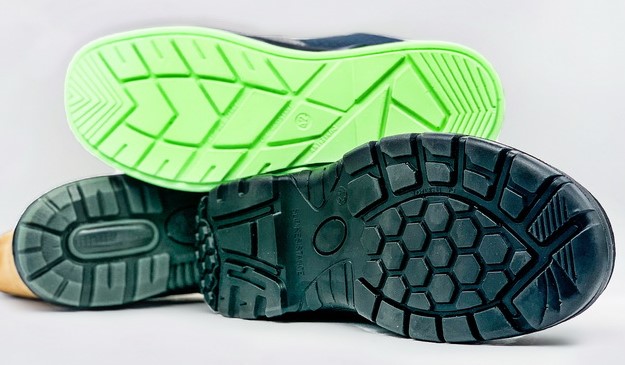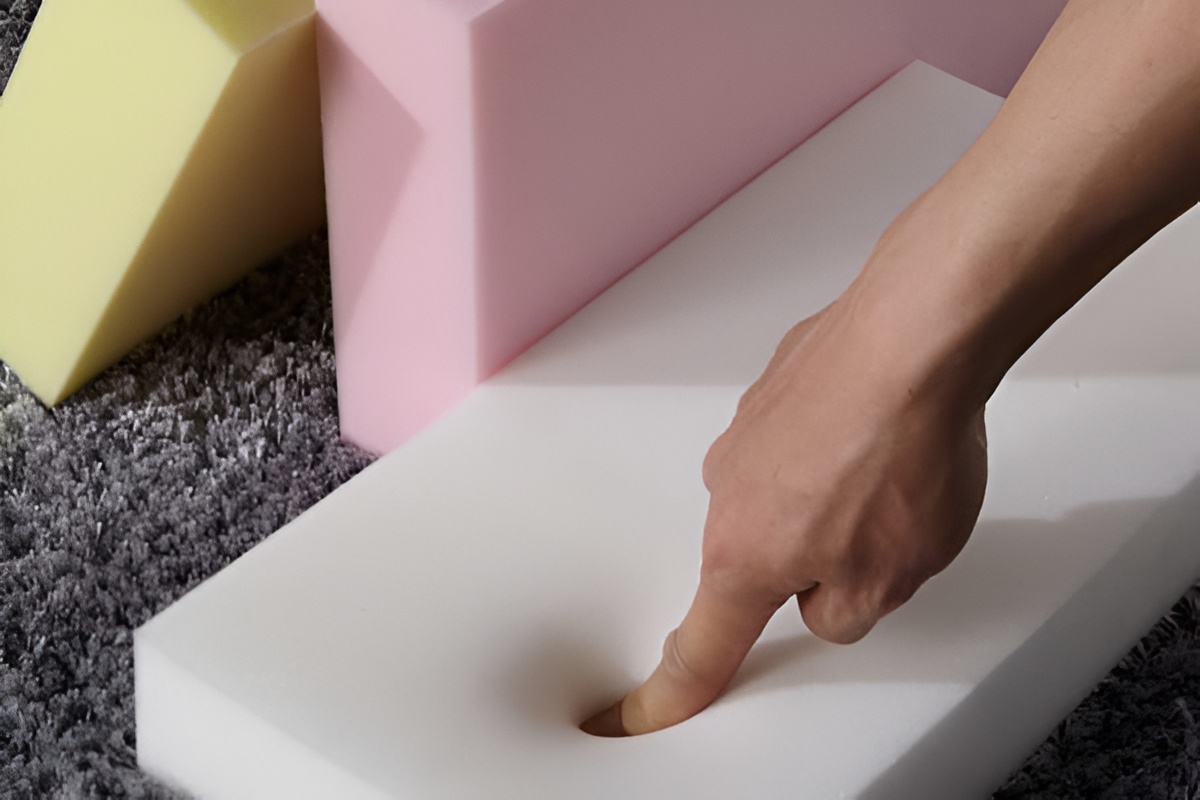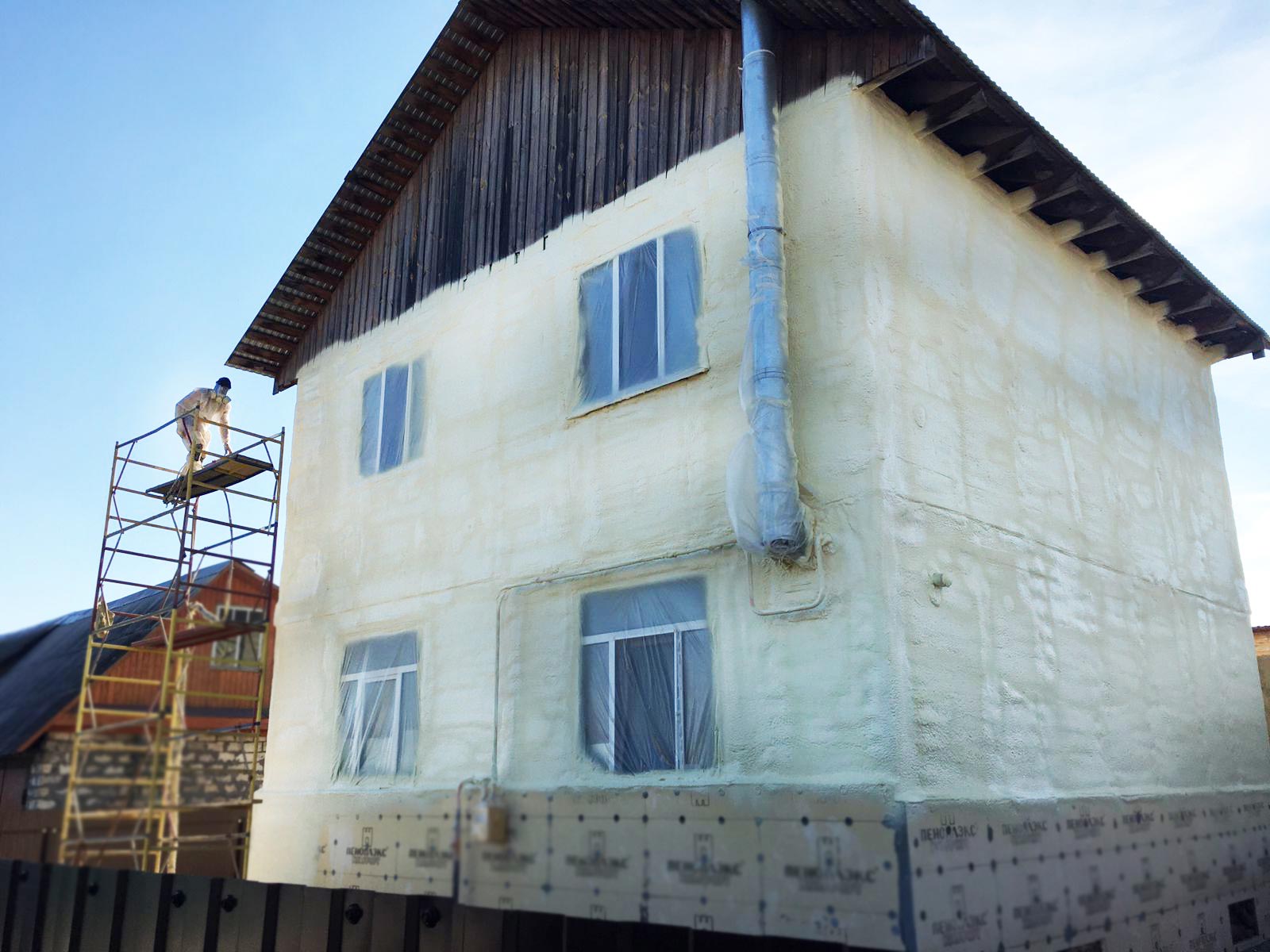Table of contents
Shoe soles are made with different materials, which range from rubber, thermoplastic rubber (TPR), Ethylene-vinyl Acetate (EVA), Polyvinyl Chloride (PVC), and polyurethane (PU). Each of these materials has peculiar qualities that make them suitable for different kinds of shoe soles.
EVA sole is commonly used in running and walking shoes because of its shock absorption property, while TPR is mostly used in casual shoes.
As a matter of fact, a PU sole is a kind of shoe sole made from a polymer material called polyurethane. It is light, resistant to abrasion, durable, and comfortable. With these features, PU sole has gathered much recognition and is gradually revolutionizing the footwear industry. Today, different kinds of footwear are designed with this material. It is resistant temperature ranged from -10 to 130°C.
Generally, polyurethane sole finds its use as the midsole, insole, and outsole, depending on the need or application. The common kinds of footwear that use PU soles are sandals, boots, work shoes, formal shoes, casual, and sports footwear.
Advantages of polyurethane soles
- High mechanical strength which makes it durable
- Resistant to abrasion
- Shock absorption property
- Lightweight
- Comfortable
- Flexible and high bending performance
- Resistance to temperature and chemicals
- Slip-resistant
- Great wear and tear resistance
- Soft texture and high elasticity
- Lower density than other soles

Comparison of different kinds of shoe soles with PU soles
- Rubber sole vs. PU sole
Rubber soles are still heavily used in the footwear industry. It is therefore apparent that it cannot be entirely replaced by the PU sole. According to statistics, about 30% of all shoe soles in the world’s shoe production are made of rubber. This material is most often used in the production of special footwear soles, it is slip-resistant, durable, frost-resistant.
PU soles are lighter but are less slip-resistant than rubber soles. Although the PU sole is durable, it cannot be compared with the durability of a rubber sole. But the drawback is its heavier than PU and TPU and less flexible. Also, rubber outsole is sturdy with the temperature resistant ranged from -30 to 300°C.
- EVA sole vs. PU sole
EVA belongs to polyolefins; it is obtained as a result of co polymerization of ethylene and vinyl acetate monomer. The vinyl acetate content determines the mechanical properties of the copolymer, as well as its type (elastomer or thermoplastic). EVA with 10-50% vinyl acetate content is most often used. At high content of vinyl ethylene vinyl acetate, it is highly resistant to oils, solvents, ozone and high temperature. Low-acetate copolymers have properties similar to those of low-density polyethylene. In addition, the properties of ethylene vinyl acetate copolymers depend on the formation of side chains and molecular weight.
The EVA sole is less resistant to abrasion, and cannot withstand long term compression as PU. It is also easier to clean a polyurethane sole than an EVA. In other words, over time, EVA soles lose their cushioning properties. This is due to the fact that the pore walls are destroyed, and the entire mass of EVA becomes flatter and less elastic.
After sales service
For price inquiries and purchasing liquid polyurethane for polyurethane foam production, please contact Imen Polymer Chemie Company.
- PVC sole vs PU sole
PVC is a thermoplastic material usually used to produce rubber boots. PVC shoe soles are durable, resistant to water and chemicals, just like PU. But, unlike the polyurethane shoe sole, the PVC sole has poor resistance to slip. They’re rigid and aren’t breathable. Also good in cold resistant from -5 to -20°C but not high temperature, maximum at 100°C.
To improve the elastic properties of soles, plasticizers such as acid esters (phthalic, sebacic and adipic) are introduced into the polymers. To increase the resistance to external influences, stabilizers (barium, cadmium and other fatty acid salts) are introduced into the composition, as well as dyes and other ingredients change the properties of the polymer. Over time, plasticizers can begin to evaporate from the material, which can lead to a loss of elasticity, the appearance of cracks, and a decrease in frost resistance.
PU or TPU soles
In most of their applications, polyurethane polymers have proved more cost-effective than alternative natural and synthetic materials. The cost per ton of basic urethane polymer is usually higher than the competing thermoplastic or conventional material, but a combination of density reduction by foaming and better performance in use very often secures the advantage for polyurethanes.
TPU is the abbreviation for thermoplastic polyurethane, it can be prepared in different colors and glossiness. Moreover, formulations of TPU sole can be modified and the modification of the properties of urethane thermoplastic elastomers can be carried out by combining them with other polymer materials: chloroprene rubber, copolymers of acrylonitrile with vinylidene chloride, vinyl chloride with vinylidene chloride, butadiene with acrylonitrile, phenol formaldehyde, and other polymers.
Sole compositions based on TPU are divided into non-porous and porous, standard and with increased mechanical properties, elastic and rigid. Depending on the purpose of the shoe and the application of the compositions in the details of the bottom, materials based on TPU are produced for the outer layers of the soles, forming the soles entirely.
The advantages of the TPU soles are the soles with a deep tread, which provide excellent grip on the surface. Also, the advantages of TPU are high wear resistance and resistance to deformation, including cuts and punctures.

Microcellular polyurethane elastomer shoe soles
The first polyurethan was developed during 1937 by chemists in Germany. Since then, it´s undergone many improvements to the product we have today. PU are generally coming in two forms, either solid or a blowing agent is used to decrease the density to achieve a lighter material. This is known as cellular PU or foam rubber. Generally, PU is either used through a Direct Injection Process (DIP) or by pouring.
In fact, when lightness and chemical resistance becomes a significant factor, the cellular polyurethane stands out as a clear leader. Microcellular polyurethane elastomer shoe sole components having exceptional physical properties may be prepared from isocyanate-terminated prepolymers.
Finally, it can be said that PU sole is favored by shoe designers for its excellent low-temperature flexibility, very good wear properties (low abrasion), and the ability to produce it at a wide variety of densities by introducing porosity. Moreover, when polyurethanes find application in outsoles, they are typically based on polyester polyols (more than 80%) because they provide better abrasion properties than polyether polyols. However, polyester outsoles tend to hydrolyze over time especially when stored for extended periods.









